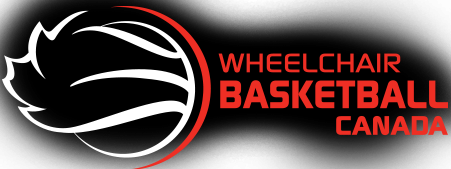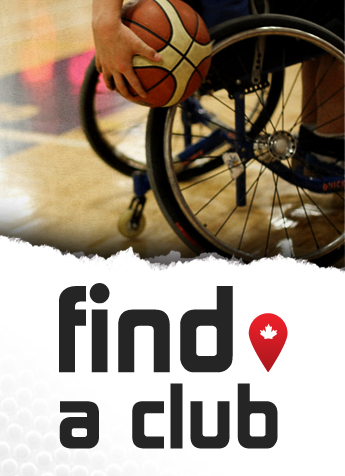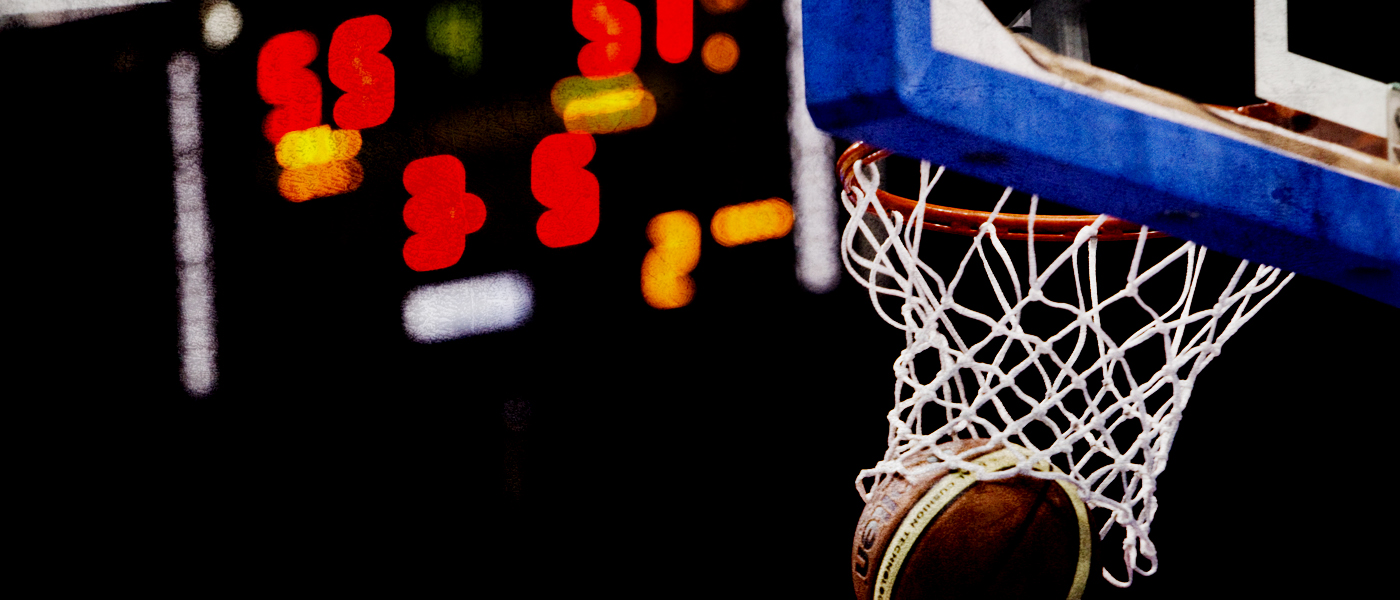Wheelchair basketball is a fast-paced, hard-hitting, competitive sport played by two teams where the object is to shoot the ball into the opposing team’s basket. Every team is comprised of five players and seven substitutes.
Wheelchair Basketball 101
Basic Rules
The basic rules of wheelchair basketball are very similar to stand-up or able-bodied basketball. For example, the court dimensions, the height of the basket and the distance to the foul and three point lines, etc., are the same measurements as in the game of stand-up basketball. In 1964, basic international rules were adopted which included minor adjustments to meet the needs of the game in a wheelchair.
Wheelchair basketball in Canada is played in accordance with the International Wheelchair Basketball Federation (IWBF) rules, which have been modified from Federation Internationale de Basketball (FIBA).
Scoring
A goal is credited to the team attacking the basket into which the ball has entered as follows:
- A goal from a free throw counts one point.
- A goal from the two-point field goal area counts two points.
- A goal from the three-point field goal area counts three points.
Every team has 24 seconds to complete its attempt to score a basket. If the team with the ball exceeds this time limit, then the ball and the right of play is granted to the opposing team.
Duration
In accordance with IWBF rules, a wheelchair basketball game consists of four periods of 10 minutes. If the score is tied at the end of four quarters, an overtime period of five minutes is played. If the score remains tied at the end of this period, additional overtime periods will be played until a winner is determined.
Dribbling
A player may wheel the chair and bounce the ball simultaneously, however, if the ball is picked up and/or placed on the player’s lap, he or she is only allowed to push twice before being obligated to shoot, pass, or dribble the ball again. There is no double dribble rule in wheelchair basketball. A traveling violation occurs if the player takes more than two pushes while in possession of the ball without dribbling. A player is not allowed to touch the playing surface with his or her feet.
Fouls and Violations
The wheelchair is considered a part of the player’s body in relation to establishing responsibility for contact on court in the case of charging, blocking, going out of bounds, and other violations.
An offensive player may not remain in the key area for more than three seconds. On an in-bounds play, the offensive player is not allowed to go into the key until the ball is handed to the in-bounding player by the referee.
In addition to the technical fouls that may be assessed from time to time as in stand-up basketball, a player lifting his or her legs to gain an advantage or lifting out of the chair is given a technical foul. The player must remain firmly seated in the chair and must not use his or her lower limbs to steer the chair or gain an unfair advantage.
In the event that a player falls out of the chair, a referee may stop the play if the player is at risk of being injured, otherwise play will continue.




